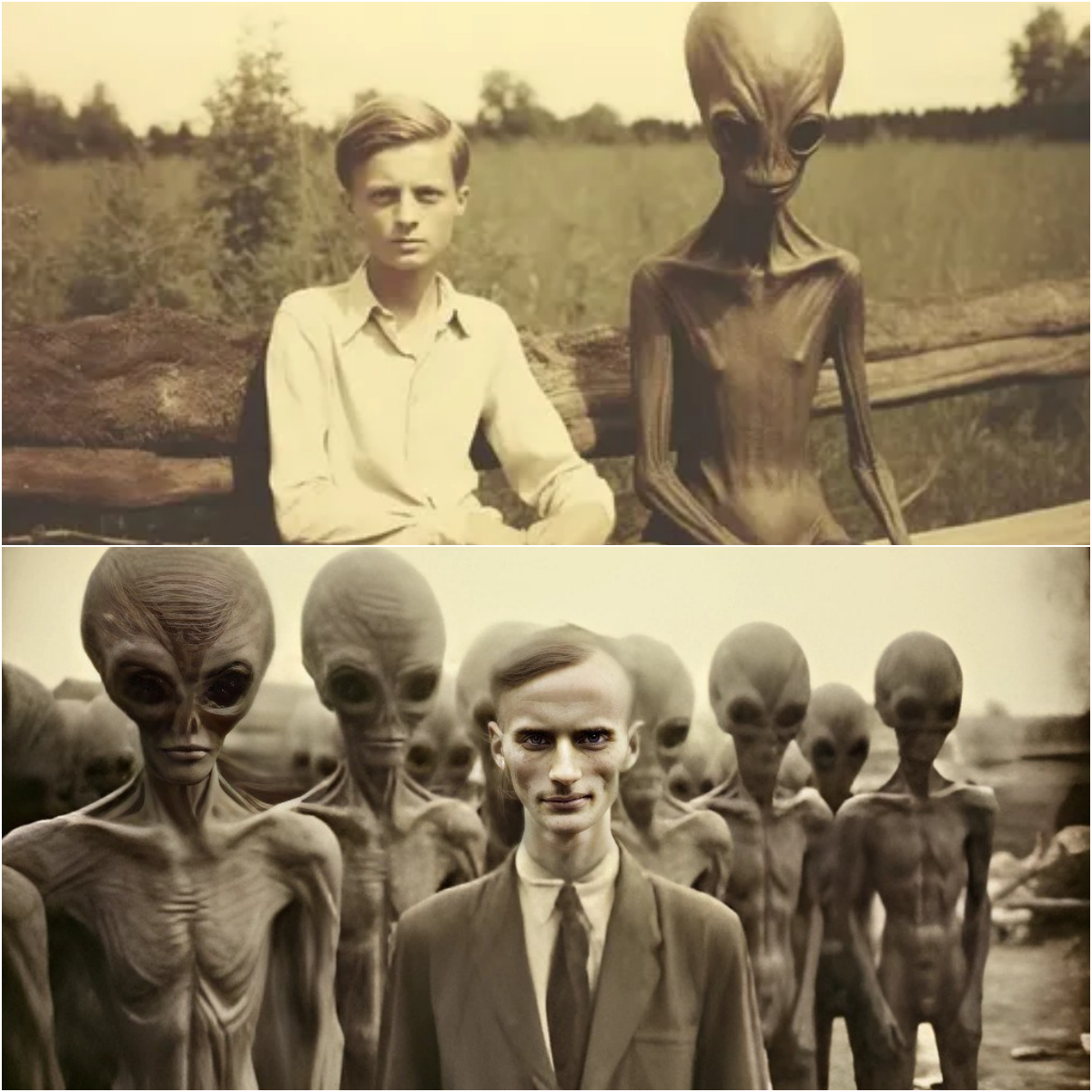The Mongo people are a Bantu ethnic group who live in the equatorial forest of Central Africa. They are the second largest ethnic group in the Democratic Republic of Congo, highly influential in its north region. A diverse collection of sub-ethnic groups, they are mostly residents of a region north of the Kasai and the Sankuru Rivers, south of the main Congo River bend. Their highest presence is in the province of Équateur and the northern parts of the Bandundu Province. The Mongo people, despite their diversity, share a common legend wherein they believe that they are the descendants of a single ancestor named Mongo. They also share similarities in their language and social organization, but also have differences. Anthropologists first proposed the Mongo unity as an ethnic group in 1938 particularly by Boelaert, followed by a major corpus on Mongo people in 1944 by Vanderkerken – then the governor of Équateur. The Mongo people traditionally speak the Mongo language (also called Nkundo) or one of the related languages in the Bantu Mongo family, in the Niger-Congo family of languages. The Lingala language, however, often replaces Mongo in urban centers. This language has about 200 dialects, and these are found clustered regionally as well as based on Mongo sub-ethnic group such as Bolia, Bokote, Bongandu, Ekonda, Iyaelima, Konda, Mbole, Mpama, Nkutu, Ntomba, Sengele, Songomeno, Dengese and Tetela-Kusu, Bakutu, Boyela and many others. Traditional religion of the Mongo people is largely one of ancestor worship, belief in nature spirits, fertility rites, with shamanic practices such as magic, sorcery, and body scarification. Mongo artistic achievements, songs, musical instruments and carvings show richness and high sophistication.
Journey into the Heart of Central Africa
In the equatorial forests of the Democratic Republic of the Congo resides the Mongo people, a Bantu ethnic group whose rich cultural heritage spans centuries. Among the Mongo, shamanism holds a prominent place, with spiritual practices deeply intertwined with daily life. In a rare glimpse into their world, a shaman woman proudly displays her "3rd eye" in a photograph taken circa 1937. Join us as we delve into the traditions, beliefs, and artistic achievements of the Mongo people, uncovering the hidden treasures of Central Africa's equatorial forests.

The Culture and Traditions of the Mongo People
Ethnic Diversity and Unity: The Mongo people are a diverse collection of sub-ethnic groups, bound together by a shared legend of descent from a single ancestor named Mongo. Despite their diversity, they share similarities in language, social organization, and religious beliefs. Anthropologists recognized Mongo unity as an ethnic group in the late 1930s, shedding light on the interconnectedness of the various Mongo subgroups across the region.
Linguistic Heritage: The traditional language of the Mongo people, known as Mongo or Nkundo, belongs to the Bantu Mongo family within the Niger-Congo language group. With approximately 200 dialects clustered regionally, the Mongo language serves as a unifying force among the diverse sub-ethnic groups. However, in urban centers, Lingala often supplants Mongo as the predominant language of communication, reflecting the dynamic linguistic landscape of the region.
Shamanism and Spiritual Practices: Central to Mongo spirituality is shamanism, characterized by rituals, magic, and sorcery. Ancestor worship, reverence for nature spirits, and fertility rites are integral to Mongo religious practices, with shamans serving as intermediaries between the human and spirit worlds. The "3rd eye," proudly displayed by the shaman woman in the photograph, symbolizes heightened spiritual awareness and insight into the unseen realms.
Artistic Achievements and Cultural Sophistication: The Mongo people boast a rich artistic heritage, evident in their songs, musical instruments, carvings, and sculptures. Their artistic achievements reflect a high level of sophistication and craftsmanship, showcasing intricate designs and symbolic motifs inspired by nature, mythology, and spiritual beliefs. From intricately carved masks to elaborately decorated ceremonial objects, Mongo artistry offers a window into the cultural richness of Central Africa's equatorial forests.
Conclusion: Celebrating the Legacy of the Mongo People
The photograph of the shaman woman proudly displaying her "3rd eye" serves as a poignant reminder of the Mongo people's deep-rooted spiritual traditions and cultural resilience. Through centuries of change and adversity, the Mongo have preserved their unique identity and forged a path of cultural richness and artistic innovation. As we celebrate their legacy, let us honor the wisdom and creativity of the Mongo people, whose traditions continue to inspire and captivate us today.
Ancient Discoveries: Insights from the Past
The cultural heritage of the Mongo people is just one example of the ancient discoveries waiting to be unearthed and explored around the world. From archaeological sites to historical artifacts, each discovery offers valuable insights into the lives, beliefs, and achievements of our ancestors. As we continue to uncover the secrets of the past, let us approach each discovery with curiosity and reverence, recognizing the enduring legacy of human creativity and ingenuity across the ages.










